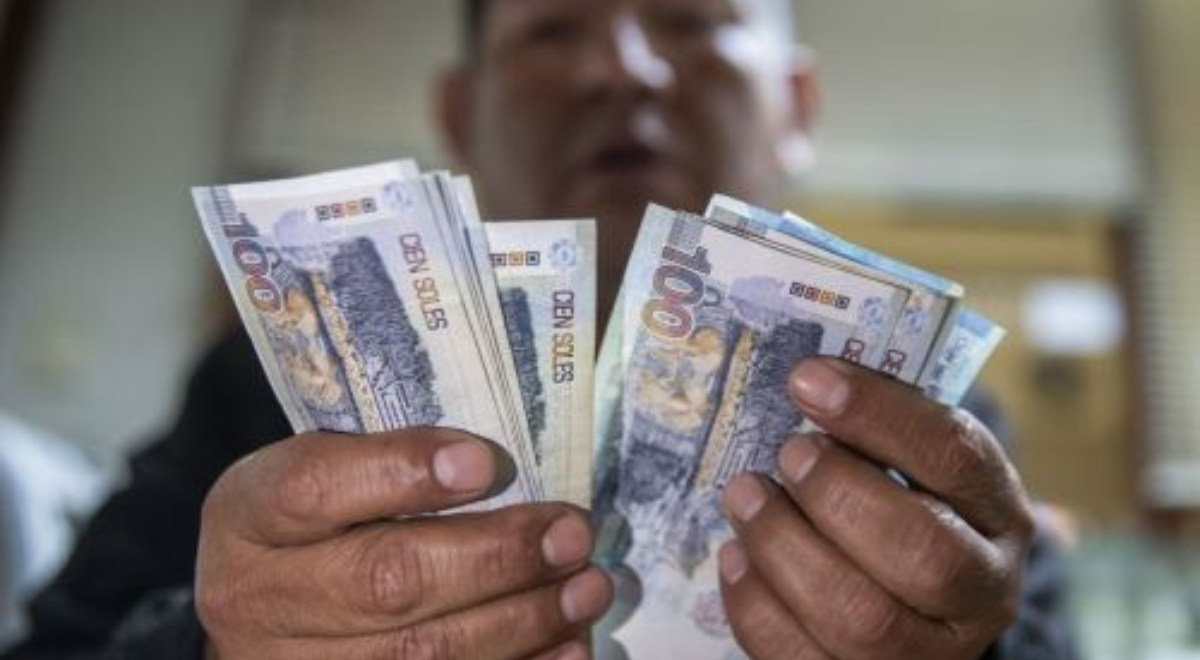
With 98 votes in favor, 9 against and 1 abstention, yesterday in the Plenary Session of the Congress of the Republic the opinions – previously endorsed in the Economy Commission and the Labor Commission – that will allow for the withdrawal of 100% of the Compensation for the Time of Services (CTS).
This rule, valid until December 2024, would translate into the potential outflow of more than S/8,926 million 702,000, which is the total amount of CTS deposits until February of this year (not counting the next deposit that must be made in May), according to official figures from the Superintendence of Banking, Insurance and AFP (S.B.S.).
Of this universe, commercial banking comprises S/6,424 million 908,000, while financial companies and municipal savings banks accumulate some S/422,027 million and S/1,905 million 219,000, respectively.
In February 2020, before the arrival of the pandemic and, therefore, the approval of optional withdrawals from Congress, CTS deposits in the financial system amounted to S/21,850 million 491,000. A year ago (February 2023) CTS deposits were half: S/10,230 million 158,000.
It is worth remembering that The first CTS deposit of this year must be made until May 15; while the second, until November 15.
It is also estimated that more than 5 million formal workers in Peru will benefit from the new law, according to Congressman José Luna.
Possibles scenarios
Upon approval, Congress must send the signature to the Executive and the latter will have 15 business days to observe or approve it. However, it is unknown what the decision will be, since the Minister of Economy and Finance, José Arista, previously expressed his rejection, when he asked that the provisions of Law 30334 be respected, which states that only the surplus of four salaries in the CTS.
However, this same objection was expressed by the MEF in the case of the withdrawal of up to 4 UITs from the AFPs, but the Executive endorsed the rule and published it.
If the autograph is observed within the established days, it would return again to the Congressional committees.both to the Economy Commission and to the Labor Commission, to later be approved at the insistence of the Plenary.
In that case, Congress would be the one to enact the law and the Executive would have up to 10 days to regulate it. Previously, in the previous 2022 withdrawal, the SBS had mentioned that it could refrain from publishing any additional regulations. Therefore, the withdrawal could be made immediately after the law and its regulations are published.
Jorge Carrillo Acosta, professor and finance expert at Pacífico Business School, commented that, unlike the withdrawals of AFP funds, in the case of the CTS The disposition of the money could be made from the day after the publication of the regulations, as happened in 2021 and 2022.
Taking into consideration the maximum deadlines, Carrillo estimates that the withdrawal of the CTS would begin next June 4, in the hypothetical that the autograph enters the Executive Branch today, May 3.
On the other hand, in a different scenario, if the autograph is not observed within the period of 15 days established that the Executive has, The Ministry of Labor and Employment Promotion (MTPE) would have up to 10 days to regulate it, after being published in the official newspaper El Peruano.
Data
5 million workers would benefit from the optional withdrawal of 100% of the CTS.
7.5% is the average interest rate that savings banks will offer to raise these funds with fixed-term deposits.
Source: Larepublica
Alia is a professional author and journalist, working at 247 news agency. She writes on various topics from economy news to general interest pieces, providing readers with relevant and informative content. With years of experience, she brings a unique perspective and in-depth analysis to her work.












